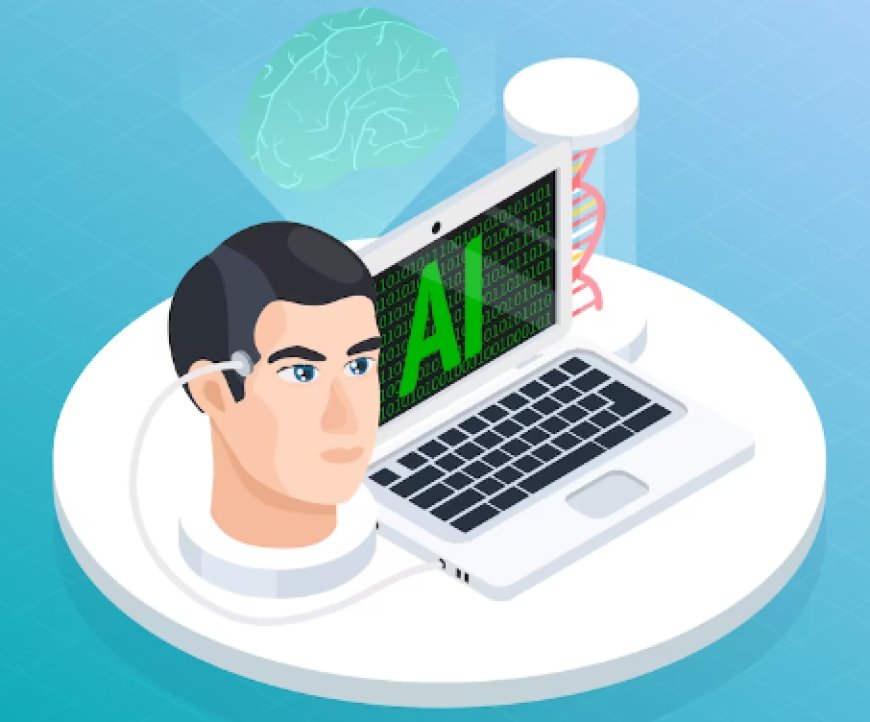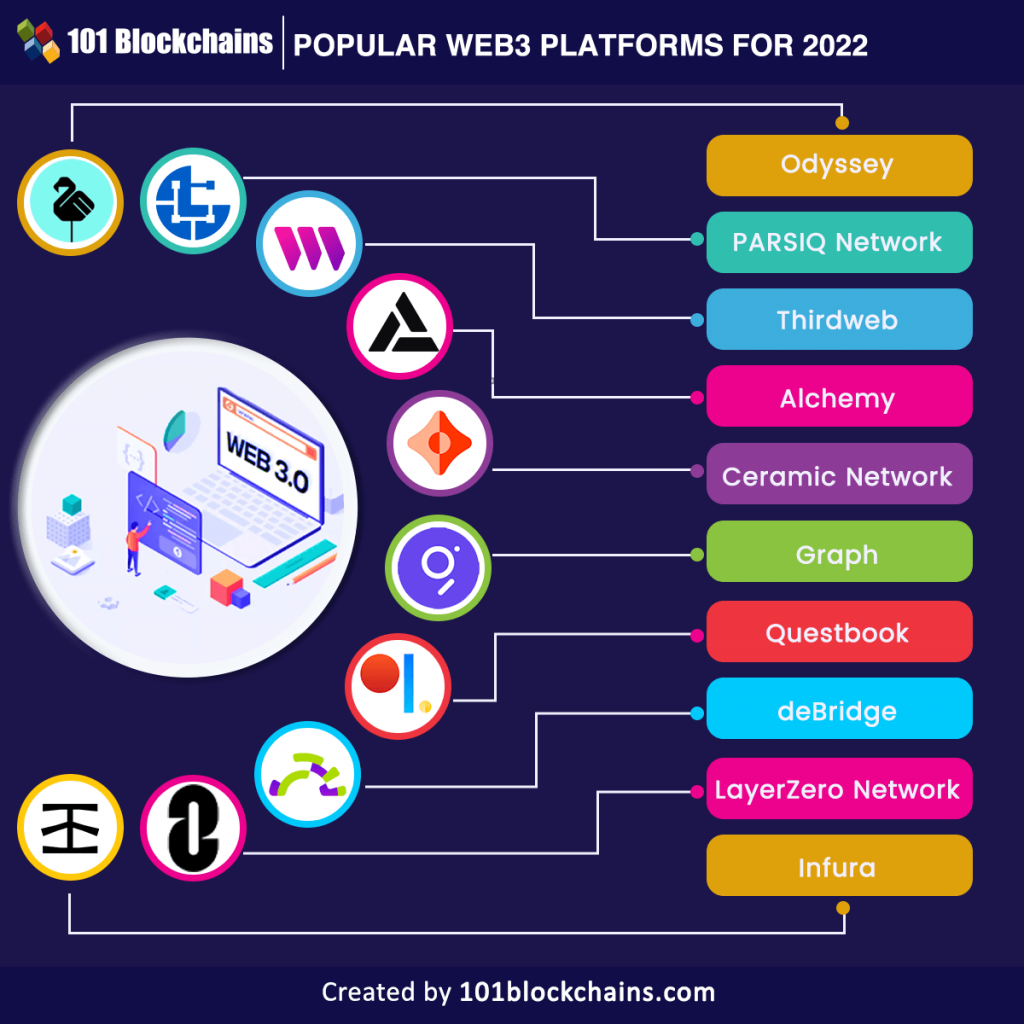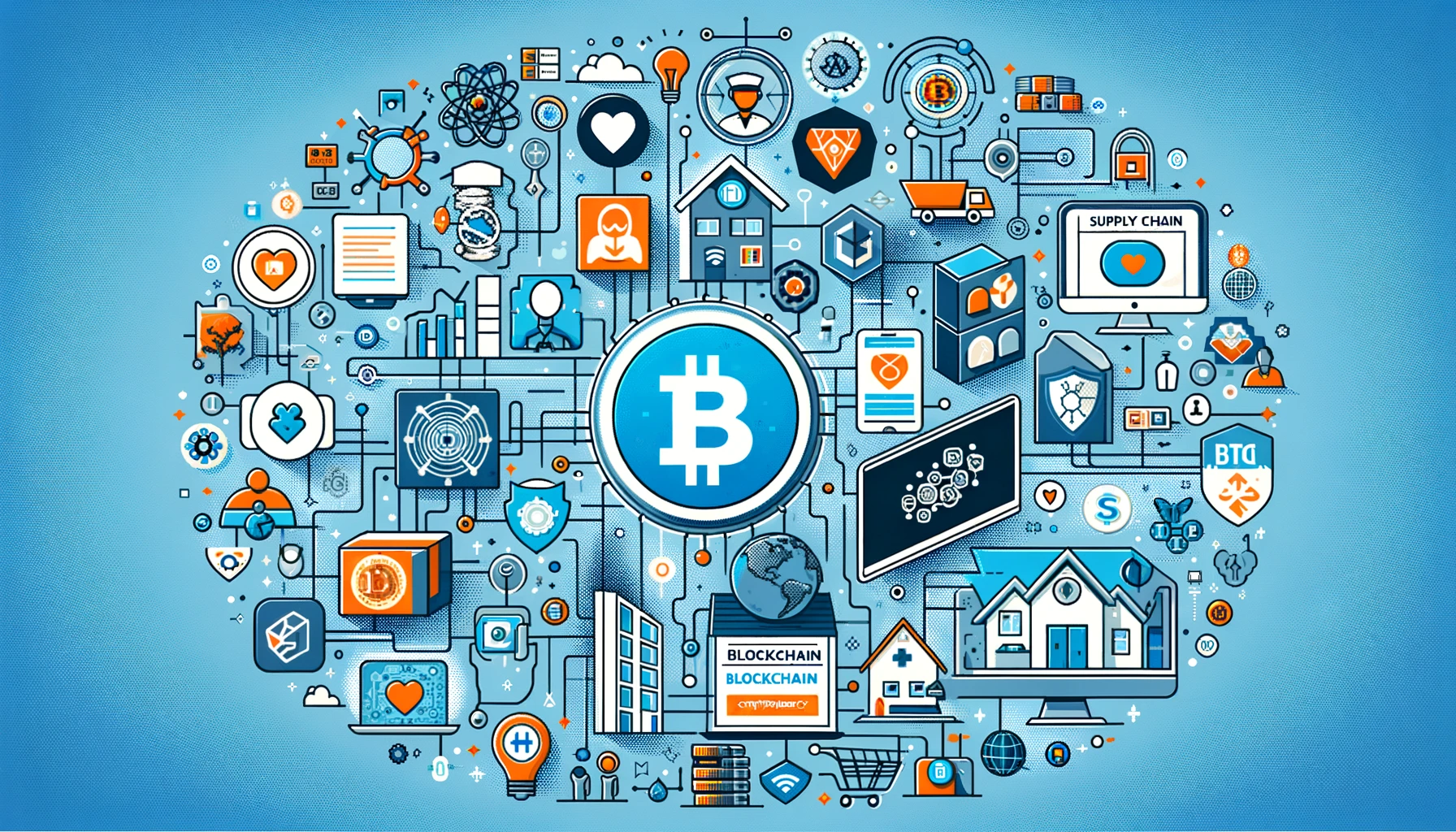
Computer Vision: How Machines See the World – A Beginner’s Guide
Imagine a world where machines don’t just process data, but truly understand what they see. A world where cars navigate complex roads, doctors diagnose diseases with incredible accuracy, and robots perform intricate tasks with precision – all by "seeing" and interpreting their surroundings. This isn’t science fiction; it’s the reality of Computer Vision.
In essence, Computer Vision is a field of Artificial Intelligence (AI) that teaches computers to "see" and understand the content of digital images and videos. Just as human eyes and brains work together to process visual information, Computer Vision systems aim to replicate this remarkable ability in machines.
This comprehensive guide will demystify Computer Vision, explaining what it is, how it works, its incredible applications, and what the future holds for this transformative technology.
What Exactly is Computer Vision?
At its core, Computer Vision is about enabling computers to gain high-level understanding from digital images or videos. This means more than just displaying a picture; it means being able to:
- Identify objects: "That’s a car, that’s a dog, that’s a person."
- Recognize faces: "That’s John Doe."
- Understand scenes: "This is a busy street, this is a quiet park."
- Track movement: "The car is moving left, the person is walking towards the camera."
- Interpret actions: "The person is running, the robot is assembling a product."
Think of it like giving a computer a set of eyes and a brain that can make sense of what those eyes perceive. Unlike humans, who see effortlessly from birth, computers need to be painstakingly taught how to interpret every pixel.
How Do Machines "See"? The Underlying Mechanisms
So, how does a machine, which only understands numbers, manage to "see" a cat or a car? It’s a fascinating process that involves several layers of analysis, largely powered by a subfield of AI called Deep Learning.
1. Images as Data: Pixels and Numbers
For a computer, an image isn’t a beautiful scene; it’s a grid of tiny dots called pixels. Each pixel has a numerical value (or values, for color images) representing its brightness and color.
- Grayscale Image: Each pixel might be a number between 0 (black) and 255 (white).
- Color Image: Each pixel is usually represented by three numbers (Red, Green, Blue – RGB), each ranging from 0 to 255.
So, when a computer "sees" an image, it’s essentially looking at a giant spreadsheet of numbers. The challenge is to turn these numbers into meaningful information.
2. Feature Extraction: Learning the "ABCs"
Humans naturally identify shapes, edges, and textures. Computer Vision systems must learn to do this too. Early systems relied on programmed rules to extract "features" like:
- Edges: Sharp changes in pixel intensity (e.g., the outline of an object).
- Corners: Intersections of edges.
- Blobs: Regions of similar color or texture.
These features are like the "ABCs" of an image. A computer doesn’t know what a cat is, but it can detect its pointy ears (edges), its round eyes (blobs), and its furry texture.
3. Pattern Recognition: Making "Words" from "ABCs"
Once basic features are extracted, the next step is to recognize patterns formed by these features. This is where the magic of Machine Learning and especially Deep Learning comes in.
- Neural Networks: These are computing systems inspired by the human brain. They consist of interconnected "nodes" or "neurons" arranged in layers.
- Deep Learning: When a neural network has many layers (hence "deep"), it can learn incredibly complex patterns directly from raw data.
Instead of being explicitly programmed with rules like "if it has pointy ears and whiskers, it’s a cat," a deep learning model is trained by being shown millions of images labeled "cat" or "not cat." Through this training, the network gradually adjusts its internal connections to identify the intricate patterns that define a cat, from the pixel level all the way up to the complete object.
Simplified Process:
- Input Layer: Takes the raw pixel data of an image.
- Hidden Layers (Deep): These layers process the data, with each layer learning to identify progressively more complex features (e.g., first layer detects edges, second detects corners, third detects shapes like eyes or noses, fourth detects entire faces).
- Output Layer: Makes a prediction – "This is 98% a cat," or "There’s a car at these coordinates."
This iterative learning process, where the network constantly refines its understanding based on feedback, is what allows machines to "see" and interpret the world with remarkable accuracy.
Key Techniques and Concepts in Computer Vision
Within the broader field of Computer Vision, several specialized techniques address specific visual tasks:
- Image Classification: The task of assigning a label to an entire image.
- Example: Is this image a picture of a "dog" or a "cat"?
- Object Detection: Identifying and locating specific objects within an image or video, often by drawing a "bounding box" around them.
- Example: In an image with multiple animals, identify all the dogs and draw a box around each.
- Object Tracking: Following the movement of an object over a sequence of frames in a video.
- Example: Tracking a specific player’s movement on a football field.
- Image Segmentation: Dividing an image into segments or regions, often to isolate specific objects at a pixel level.
- Example: Precisely outlining the boundaries of a tumor in a medical scan.
- Facial Recognition: Identifying or verifying a person from a digital image or a video frame based on their facial features.
- Example: Unlocking your phone with your face.
- Pose Estimation: Determining the position and orientation of a person or object in an image or video, often by identifying key points (like joints on a human body).
- Example: Analyzing a dancer’s movements or a robot’s articulation.
- Optical Character Recognition (OCR): Converting images of text into machine-encoded text.
- Example: Digitizing old documents or reading license plates.
Where Do We See Computer Vision in Action? Real-World Applications
Computer Vision is no longer a futuristic concept; it’s integrated into countless aspects of our daily lives and industries.
- Automotive Industry:
- Self-driving cars: Detecting pedestrians, other vehicles, traffic signs, lane markers, and potential hazards.
- Driver monitoring systems: Detecting driver fatigue or distraction.
- Healthcare:
- Medical imaging analysis: Assisting doctors in detecting diseases like cancer from X-rays, MRIs, and CT scans with higher accuracy and speed.
- Surgical assistance: Guiding robotic arms during delicate procedures.
- Patient monitoring: Detecting falls or unusual activity in elderly care.
- Retail:
- Automated checkout: "Scan and go" systems that identify items.
- Inventory management: Monitoring stock levels and identifying misplaced items.
- Customer behavior analysis: Understanding foot traffic patterns in stores.
- Security & Surveillance:
- Facial recognition for access control: Unlocking doors or devices.
- Anomaly detection: Identifying suspicious behavior in public spaces.
- Crowd analysis: Monitoring crowd density and movement.
- Manufacturing & Quality Control:
- Automated inspection: Detecting defects in products on assembly lines faster and more consistently than human eyes.
- Robot guidance: Enabling robots to pick and place objects with precision.
- Agriculture:
- Crop monitoring: Identifying plant diseases, nutrient deficiencies, or pest infestations from drone imagery.
- Automated harvesting: Robots picking ripe fruits and vegetables.
- Sports & Entertainment:
- Player tracking and analysis: Providing real-time statistics and insights during games.
- Special effects: Creating realistic CGI characters and environments in movies.
- Interactive gaming: Using gesture recognition for immersive experiences.
- Consumer Electronics:
- Smartphone features: Portrait mode, face unlock, augmented reality (AR) filters.
- Smart home devices: Security cameras with person detection.
The Challenges and Limitations of Computer Vision
Despite its incredible progress, Computer Vision is not without its hurdles:
- Data Dependence: Deep learning models require vast amounts of high-quality, labeled data for training. Acquiring and annotating this data can be expensive and time-consuming.
- Context and Ambiguity: Machines often struggle with understanding context or ambiguous situations that humans easily grasp. A simple change in lighting, angle, or partial obstruction can confuse a system.
- Bias: If the training data contains biases (e.g., disproportionate representation of certain demographics), the Computer Vision system will inherit and perpetuate those biases. This is a significant concern in areas like facial recognition.
- Computational Power: Training and running complex deep learning models require substantial computational resources (GPUs).
- Adversarial Attacks: Malicious actors can introduce tiny, imperceptible perturbations to images that cause a Computer Vision model to misclassify them completely.
- Privacy Concerns: The widespread deployment of facial recognition and surveillance systems raises significant ethical and privacy questions about how visual data is collected, stored, and used.
- Explainability (Black Box Problem): It can be challenging to understand why a deep learning model made a particular decision, making it difficult to debug errors or ensure fairness in critical applications.
The Future of Computer Vision: What’s Next?
The field of Computer Vision is evolving at an astonishing pace. Here’s a glimpse of what the future might hold:
- More Human-like Understanding: Systems will move beyond mere object identification to genuinely understand scenes, human intentions, and complex interactions.
- Edge AI and Efficiency: Computer Vision capabilities will become more widespread on smaller, less powerful devices (like smartphones and drones) due to advancements in efficient models.
- Synthetic Data: Generating artificial data for training will help overcome the challenge of data scarcity and reduce bias.
- Multimodal AI: Combining Computer Vision with other AI fields like Natural Language Processing (NLP) to create systems that can not only "see" but also "speak" and "understand" text, leading to richer interactions.
- Ethical AI Development: Increased focus on developing fair, transparent, and privacy-preserving Computer Vision systems, with robust regulations and guidelines.
- Augmented Reality (AR) and Virtual Reality (VR): Computer Vision will play a crucial role in enhancing immersive AR/VR experiences, enabling more realistic interactions with digital content overlaid on the real world.
- Robotics: Vision systems will make robots more adaptable and capable of operating in unstructured, dynamic environments, from homes to disaster zones.
Conclusion
Computer Vision is a groundbreaking field that is fundamentally changing how machines interact with and understand our visual world. From powering self-driving cars and aiding medical diagnoses to enhancing security and transforming industries, its impact is profound and ever-expanding.
While challenges remain, the relentless innovation in AI and deep learning promises a future where machines will "see" with even greater clarity, precision, and understanding. As this technology continues to advance, it will unlock new possibilities and reshape nearly every aspect of human life, making the world not just seen, but truly understood by our intelligent machines.
Frequently Asked Questions (FAQs) about Computer Vision
1. Is Computer Vision a part of AI?
Yes, Computer Vision is a major subfield of Artificial Intelligence (AI) and Machine Learning (ML). It’s focused specifically on enabling computers to "see" and interpret visual data.
2. What’s the difference between Computer Vision and Image Processing?
- Image Processing focuses on manipulating or enhancing images (e.g., sharpening, blurring, resizing, noise reduction). It’s about changing the image itself.
- Computer Vision goes beyond manipulation to understand the content of an image, extract meaningful information, and make decisions based on that understanding. Image processing techniques are often a part of a Computer Vision pipeline, serving as a preprocessing step.
3. Is it hard to learn Computer Vision?
The basic concepts of Computer Vision are accessible to beginners. However, diving deeper into building and optimizing advanced deep learning models for Computer Vision requires a strong foundation in programming (often Python), mathematics (linear algebra, calculus), and machine learning principles. There are many online courses and resources available for all levels.
4. Will Computer Vision replace human eyes or jobs?
Computer Vision is designed to augment human capabilities, not entirely replace them. While it can automate repetitive visual inspection tasks or assist in complex diagnoses, human intuition, contextual understanding, creativity, and ethical judgment remain indispensable. It’s more likely to change job roles than eliminate them entirely, creating new opportunities in development, deployment, and oversight of these systems.
5. What is the role of Deep Learning in Computer Vision?
Deep Learning has revolutionized Computer Vision. Before deep learning, engineers had to manually design features for computers to recognize. Deep learning, particularly through Convolutional Neural Networks (CNNs), allows models to automatically learn hierarchical features directly from raw image data, leading to much higher accuracy and performance in complex visual tasks. It’s the primary engine behind most modern Computer Vision breakthroughs.



Post Comment